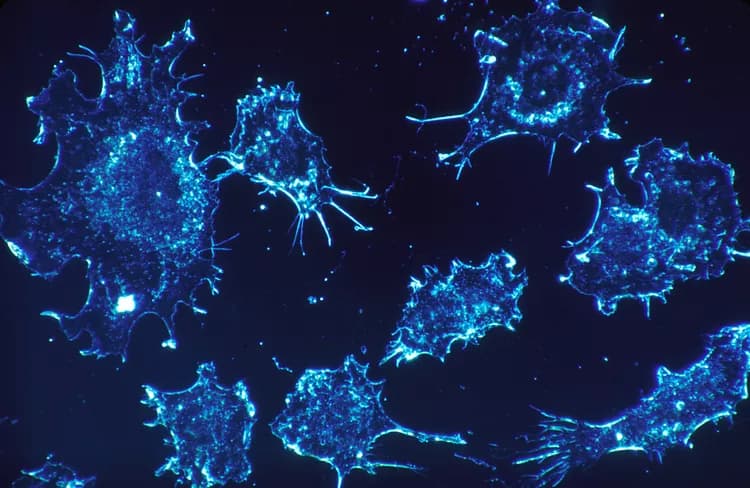
Arsenic Can Cause Cancer Decades After Exposure Ends
A new paper published in the Journal of the National Cancer Instituteshows that arsenic in drinking water may have one of the longest dormancy periods of any carcinogen. By tracking the mortality rates of people exposed to arsenic-contaminated drinking water in a region in Chile, the researchers provide evidence of increases in lung, bladder, and kidney cancer even 40 years after high arsenic exposures ended.
Inorganic arsenic is naturally present at high levels in the groundwater of many countries, creating an important public health issue affecting millions of people. Severe health effects have been observed in populations drinking arsenic-contaminated water over long periods, and research has established that drinking water contaminated with arsenic causes skin cancer and several internal cancers such as lung, bladder, and kidney cancer, as well as cardiovascular disease and other adverse outcomes.
The water source in Antofagasta, a city in northern Chile, experienced a sudden major increase in arsenic water concentrations in 1958, followed by a major reduction in exposure when an arsenic removal plant was installed in 1970. As the driest inhabited place on earth, everyone living in Antofagasta within this time period had to drink from city water sources with known arsenic concentrations, thus exposing inhabitants to high concentrations of arsenic. Identifying a clear relationship between arsenic exposure and cancer mortality rates, the study found that lung, bladder, and kidney cancer mortality rates started to increase about 10 years after the high exposures commenced and did not peak until at least 20 years after exposer reduction began. For both men and women, mortality rates for these types of cancer remained high up to 40 years after the highest exposure stopped.
Although the researchers plan to continue studying this population, they can already conclude that the delay between exposure to arsenic and the development of related cancers could be one of the longest of any human carcinogen. These findings not only add important scientific information on latency patterns, they also may have direct public health implications.
The long latency after exposure reduction means the incidence of arsenic-related diseases is likely to remain very high for many years after arsenic exposures have stopped. Possible long-term interventions to reduce mortality and morbidity after high exposures end include disease screening, reducing important co-exposures, treatment and health services resource planning, and increasing public awareness of arsenic health effects.
Materials provided by Oxford University Press USA. Note: Content may be edited for style and length.
Disclaimer: DoveMed is not responsible for the accuracy of the adapted version of news releases posted to DoveMed by contributing universities and institutions.
References:
Allan H. Smith, Guillermo Marshall, Taehyun Roh, Catterina Ferreccio, Jane Liaw, Craig Steinmaus. (2017). Lung, Bladder, and Kidney Cancer Mortality 40 Years After Arsenic Exposure Reduction. JNCI: Journal of the National Cancer Institute. DOI: 10.1093/jnci/djx201
Related Articles
Test Your Knowledge
Asked by users
Related Centers
Related Specialties
Related Physicians
Related Procedures
Related Resources
Join DoveHubs
and connect with fellow professionals

0 Comments
Please log in to post a comment.